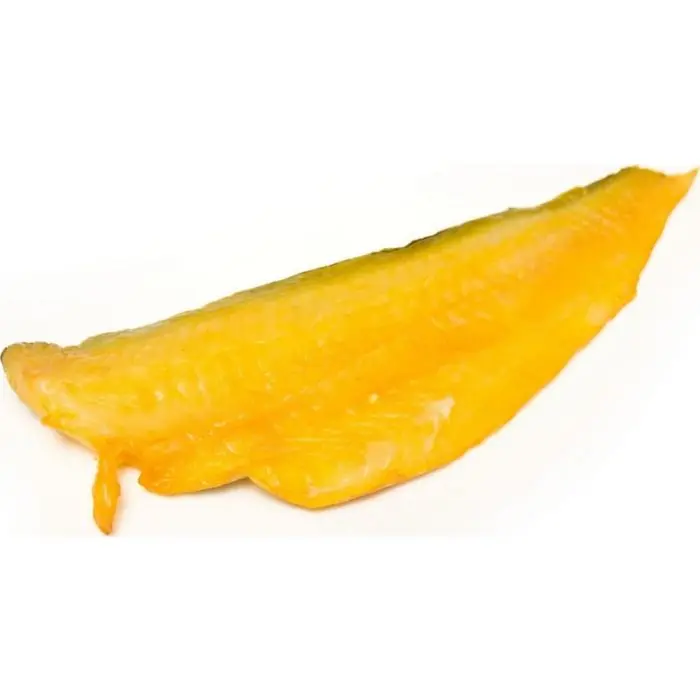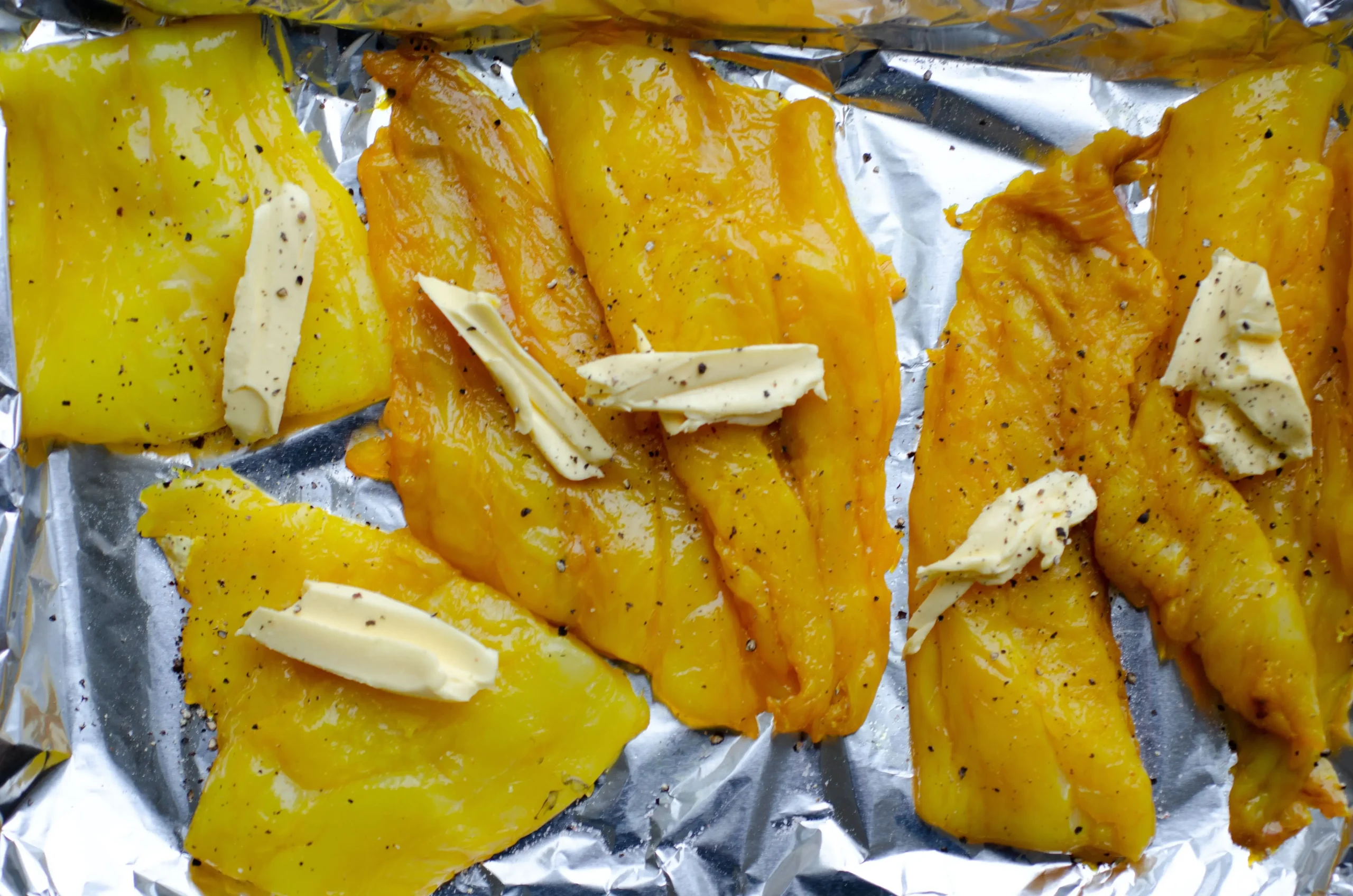Smoked haddock is a popular fish known for its distinctive yellow color. Many people wonder what gives it this unique hue and if it is safe to eat. In this article, we will explore the reasons behind the yellow color of smoked haddock and address common questions regarding its consumption.
Why is Smoked Haddock Yellow?
The yellow color of smoked haddock is primarily due to a natural pigment called astaxanthin. Astaxanthin is a carotenoid pigment that is also responsible for the pink or reddish color in salmon and shrimp. It is derived from the diet of the fish, particularly from the marine algae and crustaceans they consume.
During the smoking process, the astaxanthin in the haddock undergoes a chemical reaction that intensifies its yellow color. The smoke adds a smoky flavor to the fish while further enhancing its yellow appearance.
Is Yellow Haddock Safe to Eat?
Yes, yellow haddock is safe to eat. The yellow color is completely natural and does not indicate spoilage or any health concerns. In fact, smoked haddock is a popular ingredient in many dishes, especially in British and Scandinavian cuisines.
It is important to note that the smoking process not only imparts flavor but also acts as a preservation method. Smoking helps to extend the shelf life of the haddock by reducing its water content and inhibiting the growth of bacteria.
How to Cook Yellow Haddock
Yellow haddock can be cooked in various ways, depending on personal preference and the desired dish. Here are a few popular cooking methods:
Poaching:
Poaching is a gentle cooking method that involves simmering the fish in a flavored liquid. This helps to keep the haddock moist and tender. Poached yellow haddock is often served with a creamy sauce and accompanied by vegetables or potatoes.
Grilling or Broiling:
Grilling or broiling yellow haddock lends a smoky and slightly charred flavor to the fish. It is a quick and easy method, perfect for those who prefer a crispy texture. Grilled or broiled smoked haddock can be enjoyed as a standalone dish or used as a filling for sandwiches or salads.
Baking:
Baking yellow haddock is a popular method as it allows for easy preparation and minimal hands-on cooking. The fish is typically seasoned with herbs, spices, or a breadcrumb topping before being baked in the oven. Baked smoked haddock is often served with a side of vegetables or as part of a fish pie.

Frequently Asked Questions
- Q: Does the yellow color affect the taste of smoked haddock?
- Q: Can I freeze yellow haddock?
- Q: Are there any nutritional benefits to eating smoked haddock?
- Q: Can I use yellow haddock in recipes that call for regular haddock?
A: No, the yellow color does not impact the taste of smoked haddock. It is primarily a visual characteristic.
A: Yes, you can freeze yellow haddock. Freezing helps to preserve its freshness and flavor for an extended period. Make sure to wrap it tightly to avoid freezer burn.
A: Yes, smoked haddock is a good source of protein, vitamins, and minerals. It is particularly rich in vitamin B12, iodine, and selenium.
A: Yes, you can use yellow haddock in recipes that call for regular haddock. The yellow color will not significantly affect the taste or texture of the dish.
In Summary
Smoked haddock obtains its yellow color from the natural pigment astaxanthin, which is derived from the fish's diet. The smoking process intensifies the yellow hue while adding a smoky flavor. Yellow haddock is safe to eat and can be cooked using various methods such as poaching, grilling, or baking. It is a versatile fish that can be incorporated into a wide range of delicious dishes. Enjoy the unique flavor and vibrant color of smoked haddock in your next culinary adventure!
If you want to know other articles similar to Why is smoked haddock yellow? | exploring the natural pigment astaxanthin you can visit the Food category.


Related Articles